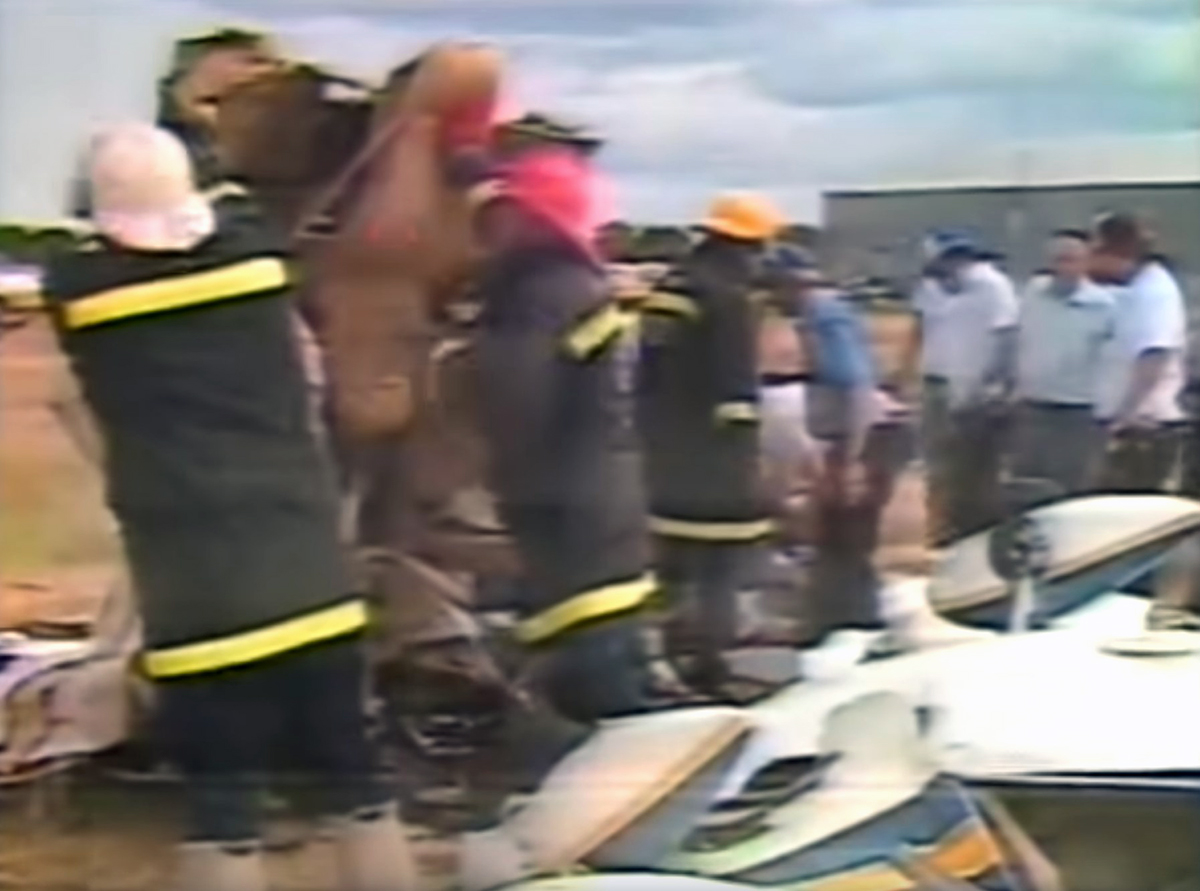Crash of a Rockwell Aero Commander 520 in Goliad
Date & Time:
Aug 24, 1984
Registration:
N4183B
Survivors:
Yes
MSN:
520-90
YOM:
1953
Crew on board:
1
Crew fatalities:
Pax on board:
0
Pax fatalities:
Other fatalities:
Total fatalities:
0
Circumstances:
The aircraft was found abandoned. Wreckage scene indicates collision with trees prior to collision with terrain. Aircraft suspected of being used for illegal cargo operations. The pilot was not found.
Probable cause:
Occurrence #1: in flight collision with terrain/water
Phase of operation: unknown
Findings
1. (c) reason for occurrence undetermined
Phase of operation: unknown
Findings
1. (c) reason for occurrence undetermined
Final Report:




